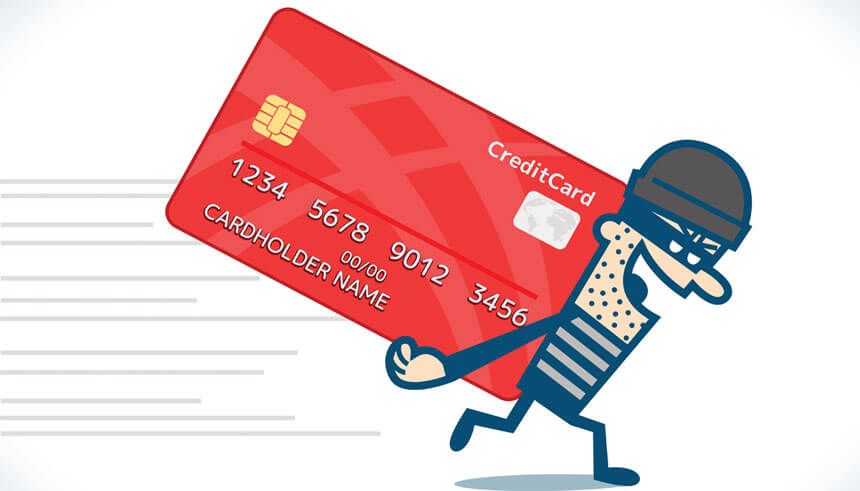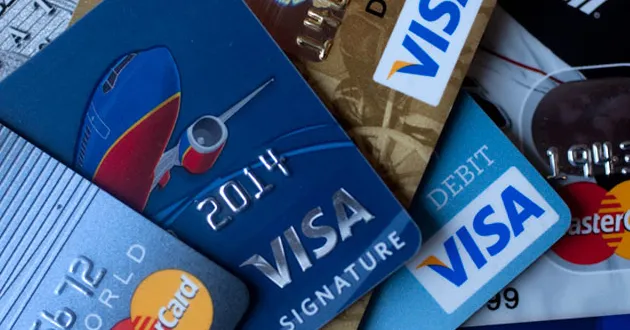In the world of online transactions, fraudsters are always looking for ways to exploit weaknesses in the system. One particularly insidious form of fraud is known as friendly fraud, where two parties who know each other collude to scam the payment processor. In this article, we will explore what friendly fraud is, how it works, and what you can do to protect yourself from falling victim to this scam.
What is friendly fraud?
Friendly fraud is a type of fraud that occurs when a customer makes a purchase online using their credit card and then later files a chargeback claim with their bank or credit card company, claiming that the purchase was fraudulent or unauthorized. In some cases, the customer may not even realize that they are committing fraud, as they may genuinely believe that the purchase was unauthorized or that they did not receive the goods or services they paid for.


How does this kind of fraud work?
In a typical friendly fraud scheme, two parties who know each other – for example, a seller and a buyer – collude to make a large number of transactions. The buyer then files a chargeback claim with their bank or credit card company, claiming that the purchases were fraudulent or unauthorized. The seller is left to bear the cost of the chargeback, as well as any associated fees and penalties.
Why do cyber criminals use fraud?
Cyber criminals use friendly fraud because it is a relatively easy and low-risk way to scam payment processors. By colluding with someone they know, they can make a large number of transactions and then file chargeback claims without fear of being caught. In addition, many payment processors have policies that favor the customer in chargeback disputes, which makes it even easier for the fraudsters to succeed.

What are the consequences of friendly fraud?
The consequences of friendly fraud can be severe for sellers, who may lose a significant amount of money and damage their reputation. In addition to the direct costs of chargebacks and associated fees, sellers may also face penalties from payment processors, as well as negative reviews and a loss of customer trust. In some cases, sellers may even be forced to shut down their business as a result of friendly fraud.

How can you protect yourself from it?
There are several steps you can take to protect yourself from falling victim to friendly fraud. First, make sure you have clear terms of service and refund policies in place, and communicate them clearly to your customers. This can help to prevent disputes and misunderstandings that could lead to chargebacks.
Second, use fraud detection tools and services to monitor your transactions and flag any suspicious activity. These tools can help you identify potential cases of friendly fraud before they escalate into chargeback claims.
Third, keep good records of all transactions and customer communications, including order confirmations, shipping details, and refund requests. This can help you to dispute chargeback claims and provide evidence of the legitimacy of your transactions.
Conclusion
Friendly fraud is a growing problem for online sellers and payment processors, and it can be difficult to detect and prevent. By understanding how friendly fraud works and taking steps to protect yourself, you can minimize the risk of falling victim to this scam. By using clear policies, fraud detection tools, and good record-keeping practices, you can help to safeguard your business and your reputation from the consequences of friendly fraud.

